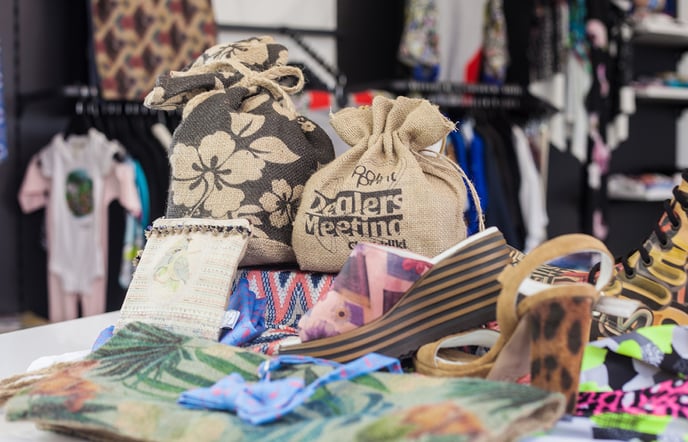Below are explained the main benefits that the DTG printing method brings to the overall printing business and its professionals, always having in mind other, more traditional printing technologies.
To begin with a short definition, Direct To Garment (DTG) printing is a process of printing graphics onto textiles and garments with the use of modified inkjet technology. Meaning that the ink goes straight into the fibers of the fabric eliminating the feel of the design or ink upon touch.

DTG printing can be a powerful leverage for the professionals in the printing industry, whether they are small-to-medium businesses that are starting up in the field or they want to maximize their profits with a cost-effective method and gradually scale up. All of that, always with delivering an unmatched printing quality even for the most colorful and complicated designs. Elaborating right below:
Profitability
The major benefit that DTG printing brings is the customization opportunity. Customization, let alone the personalization that comes with it, pays and relative products can be sold in the market with a higher price than mass/generic products. Additionally, the majority of DTG printers come with a lower initial investment than other printing technologies. If we add the low operating costs in terms of inks and labor to the above, it is easily derived that the turnaround is quick and the profit potential high.
What is running a DTG printing business like in financial terms?
On-Demand getaway & small volume printing capability
Here is the point that DTG literally outscores the Screen Printing method. The simple process and the easy setup procedure enable professionals to take on short-run orders and deliver in small batches. Colorful products still come out fully customized with personalization options.
What are the differences among on-demand, custom and personalized dtg printing?
Quality (on color)
DTG printing technology is built in a way that allows the release of small droplets of ink that results in higher detail on prints. Operating with a functional software gives professionals the ability to implement the most complex color schemes in their offered products. Whether that is gradients, color transitions & blending, shading or comfort & feel, DTG printing is highly effective.
Product assortment expansion
DTG as a printing technology method, is utterly efficient on cotton & all cotton blended fibers and most commonly applied on tees. However, DTG machines are customizable and can be modified in a way that they can support printing on various substrates and items. Applications like hoodies, sweatshirts, shoes, hats, bags, towels, pet clothes and more are just examples of how a printing business can expand its offerings and reach a broader audience.
What types of fabrics are suitable for DTG printing?
Eco-friendliness
The theory that DTG printing method is, what we call “environmentally friendly”, is mainly ink based. Most of the DTG-products manufacturers are certified by OEKO-TEX, an association that force such companies to abide by the standards of consumer safety and planet protection. Inks and cleaning solutions are water based and also create a better working environment for the operators involved. The above theory brutally becomes reality when we mention the major textile pollution issue that has arisen the most recent years; it goes without saying that smaller volumes of production along with the on-demand production that DTG comes with, directly affect and contribute to the above issue.
DuPont OEKO-TEX® & GOTS-ECOCERT Certifications
Option for mass customization & production
Taking a DTG printing business as a whole, it cannot be compared to - let’s say - screen printing in terms of speed & quantity. Nevertheless, this does not prevent DTG businessmen & entrepreneurs from scaling up their operations. The affordable investment & operating costs allow them to build a fleet of multiple machines, the labor of which, is less intensive and the set up is easy and simple.
All in all, the above benefits are specific incentives that pave the way not only for start-up companies that actually want to enter the printing industry, but also for established firms that want to grow their business activities. A fast return of investment, the ability to serve both B2B and B2C type of companies and the satisfaction of delivering top-notch quality printing results are just around the corner for potential DTG printing technology users.
What are the most common business types that work with DTG?
-1.png?height=120&name=Polyprint%20Logo%20(Dark)-1.png)